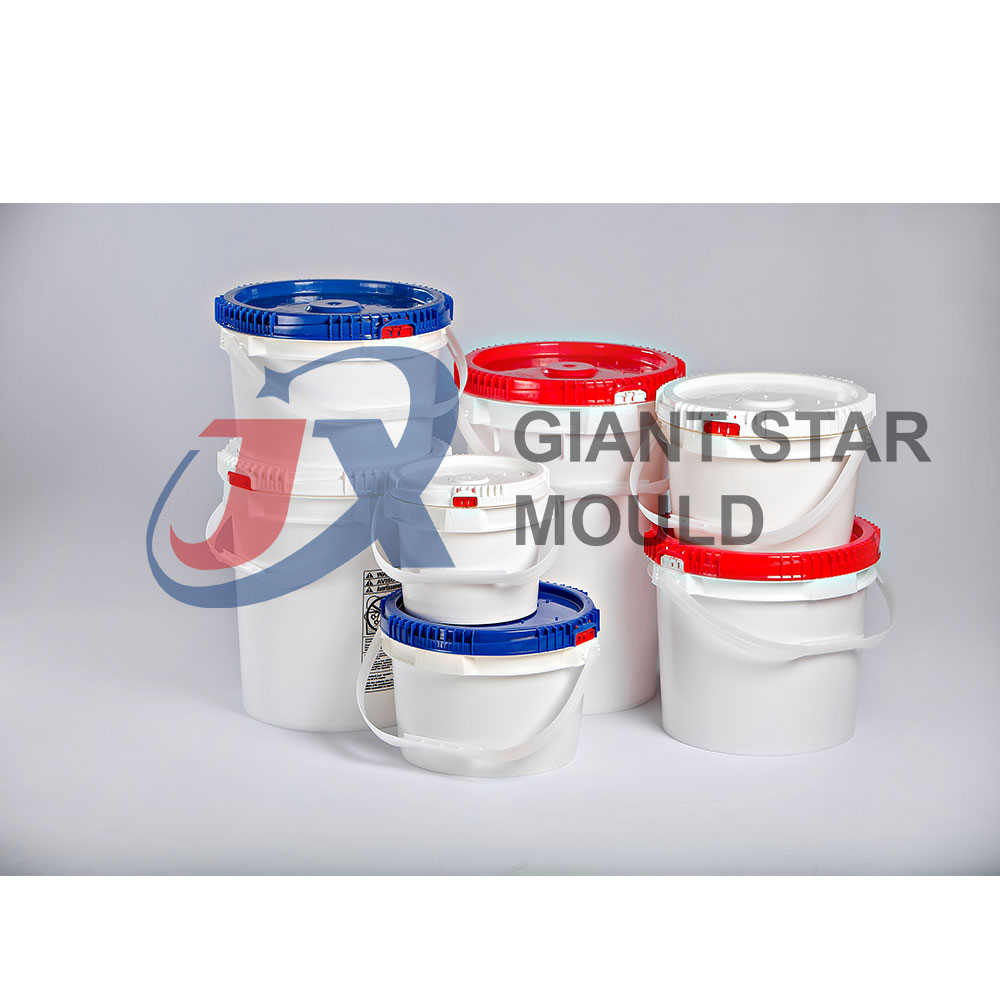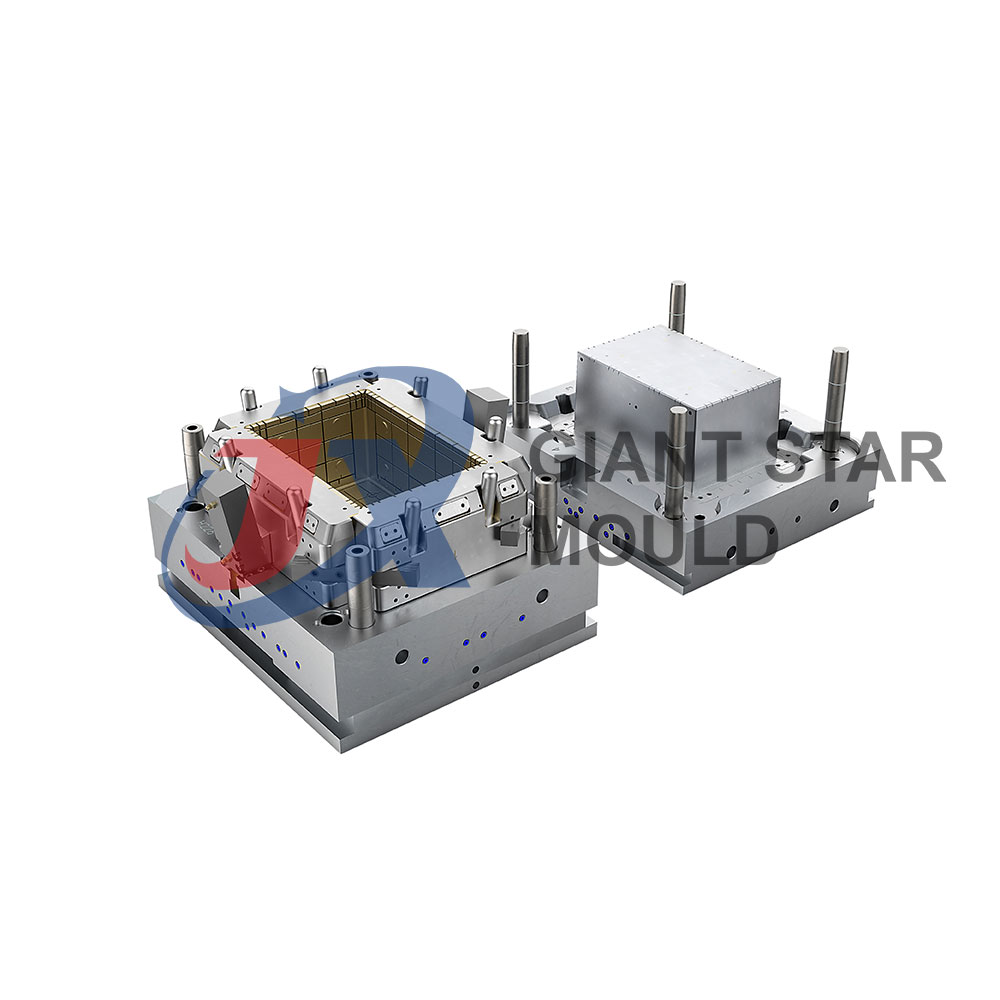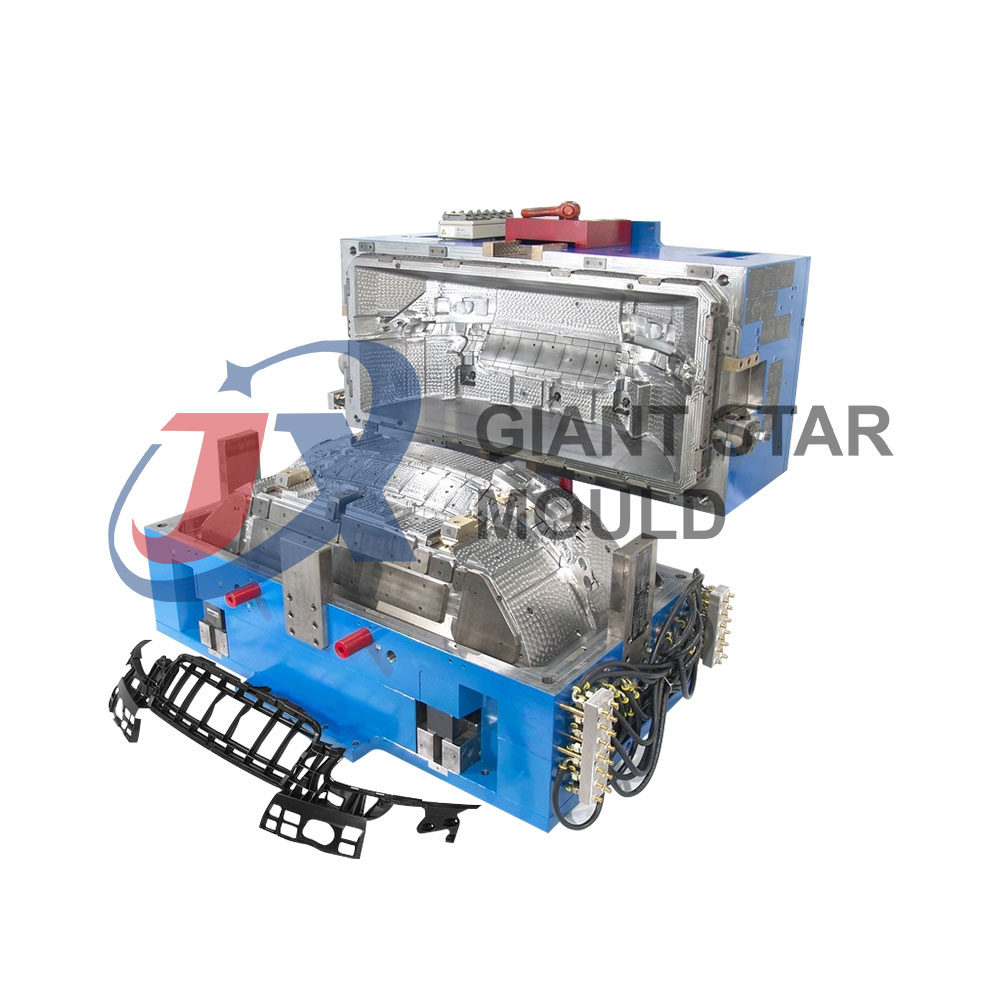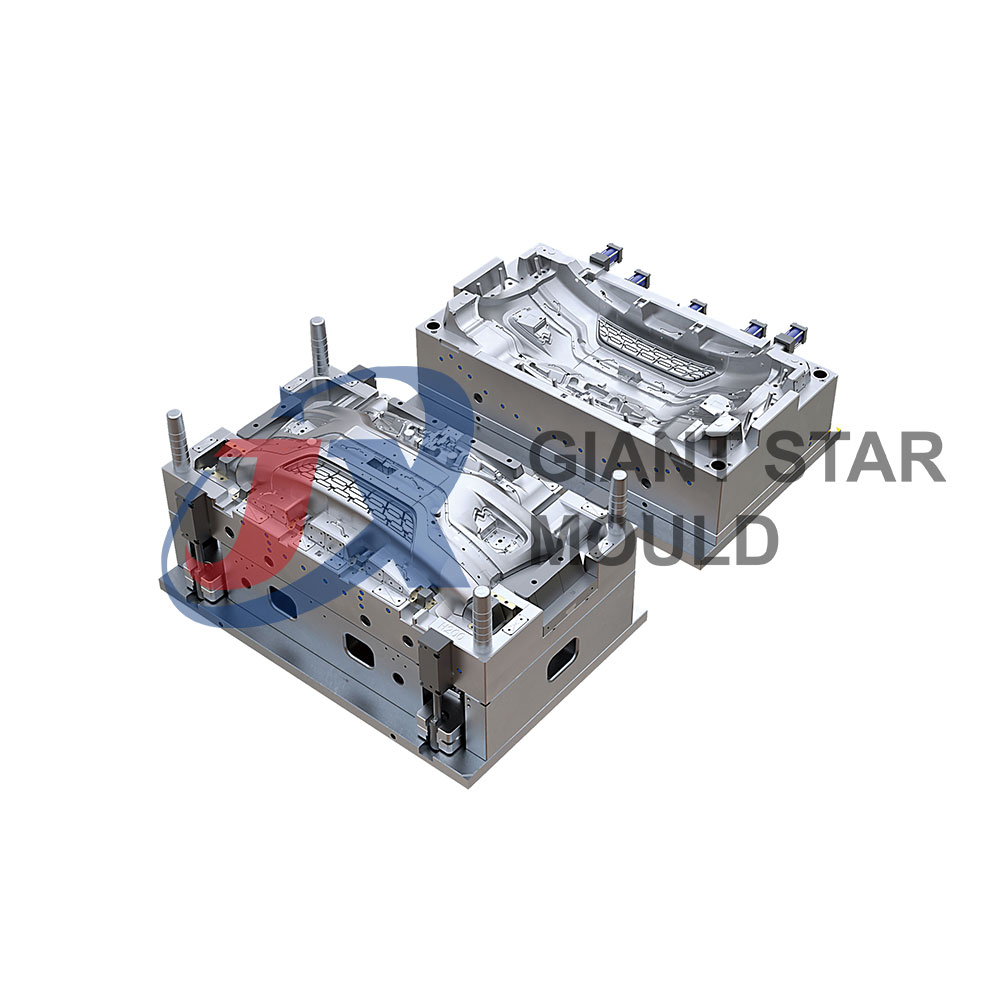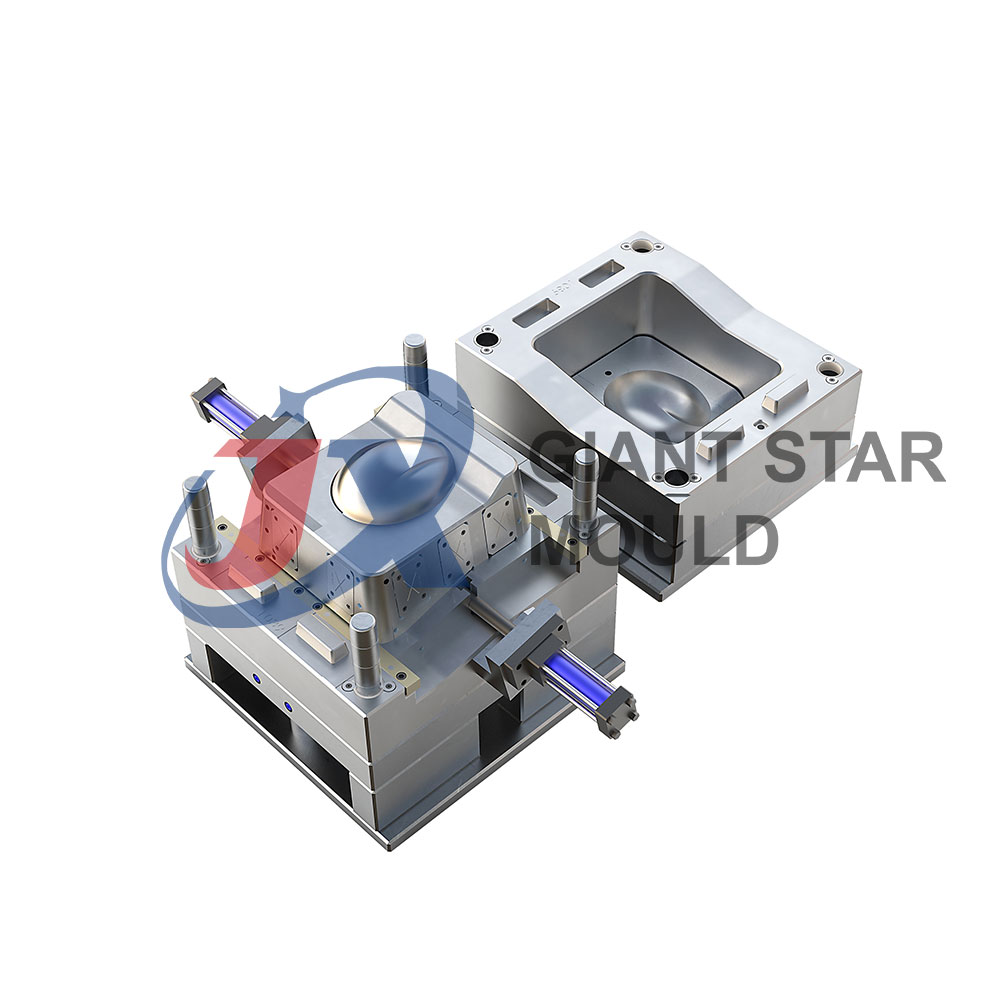The key to design of paint bucket mould
Designing a paint bucket mold involves several key considerations to ensure the final product meets the required specifications and quality standards:
Material Selection: Choose a suitable material for the mold, typically a high-strength steel or aluminum alloy, based on factors like production volume, budget, and desired mold life.
Part Design: Understand the design requirements of the paint bucket itself, including dimensions, wall thickness, surface finish, and any special features such as handles or pouring spouts.
Draft Angle: Incorporate draft angles into the mold design to facilitate easy ejection of the molded part, reducing the risk of damage and improving production efficiency.
Core and Cavity: Create the core and cavity components of the mold to form the internal and external surfaces of the paint bucket, respectively. These components must be precisely machined to achieve the desired part geometry.
Gate Design: Determine the location and type of gate through which molten plastic will be injected into the mold cavity. Gate design affects factors like part quality, cycle time, and material usage.
Cooling System: Implement an efficient cooling system within the mold to control the temperature of the molten plastic and facilitate faster cycle times. Proper cooling also helps prevent warping and shrinkage defects in the molded part.
Ejection Mechanism: Design an ejection mechanism to safely and reliably remove the molded paint bucket from the mold cavity without causing damage. This may involve ejector pins, sleeves, or other mechanisms depending on the part geometry.
Venting: Ensure adequate venting within the mold to allow air and gases to escape during the injection process, preventing trapped air pockets and other defects in the molded part.
Surface Finish: Consider the desired surface finish of the paint bucket and incorporate appropriate textures or polishing into the mold design to achieve the desired appearance and feel.

